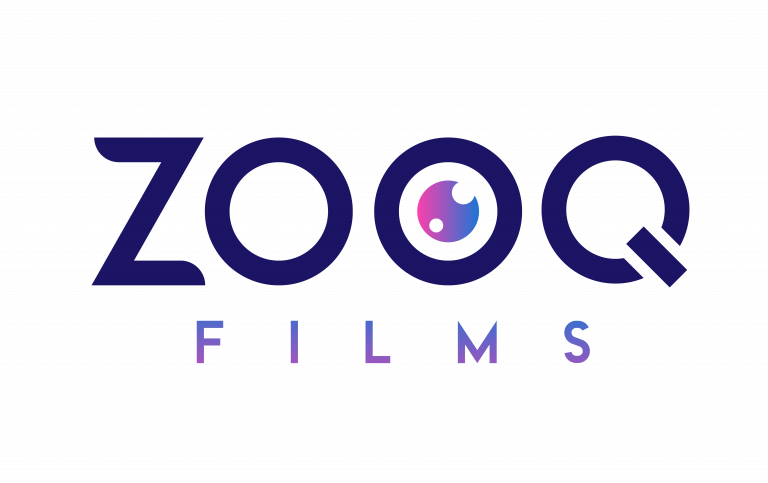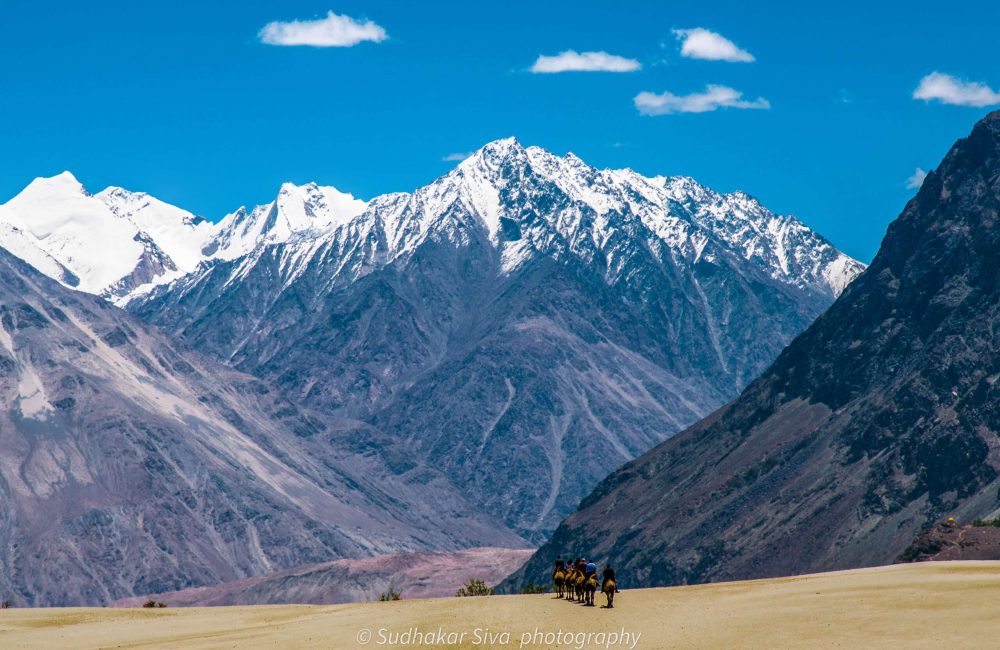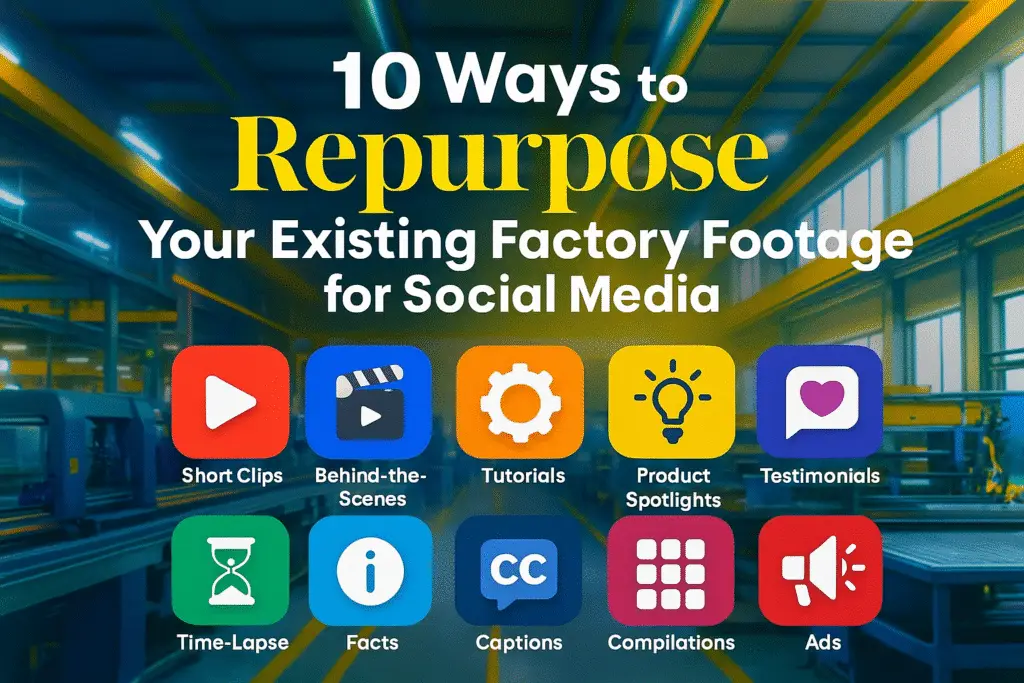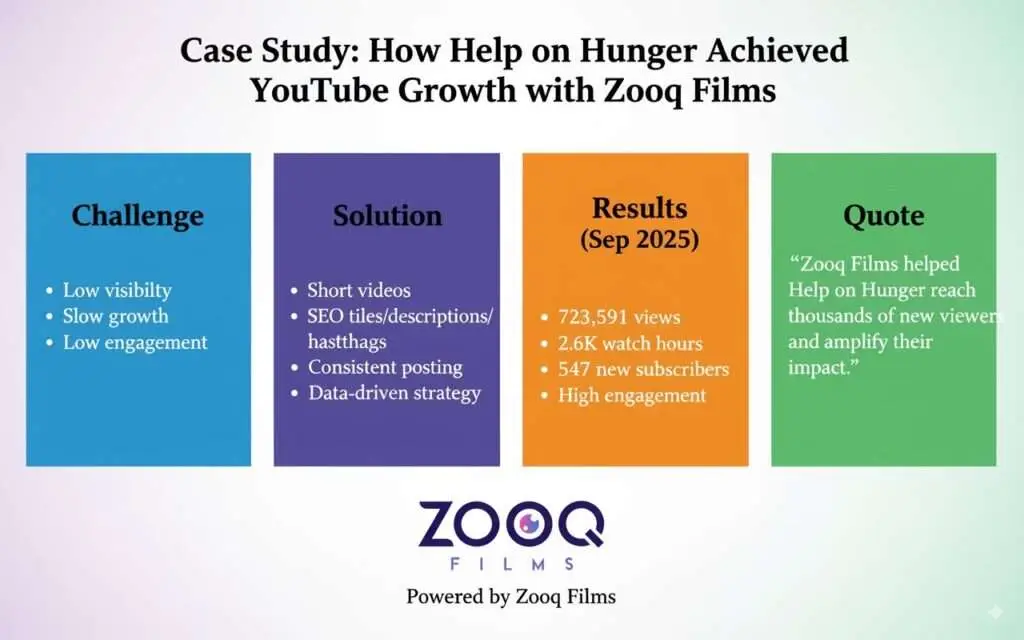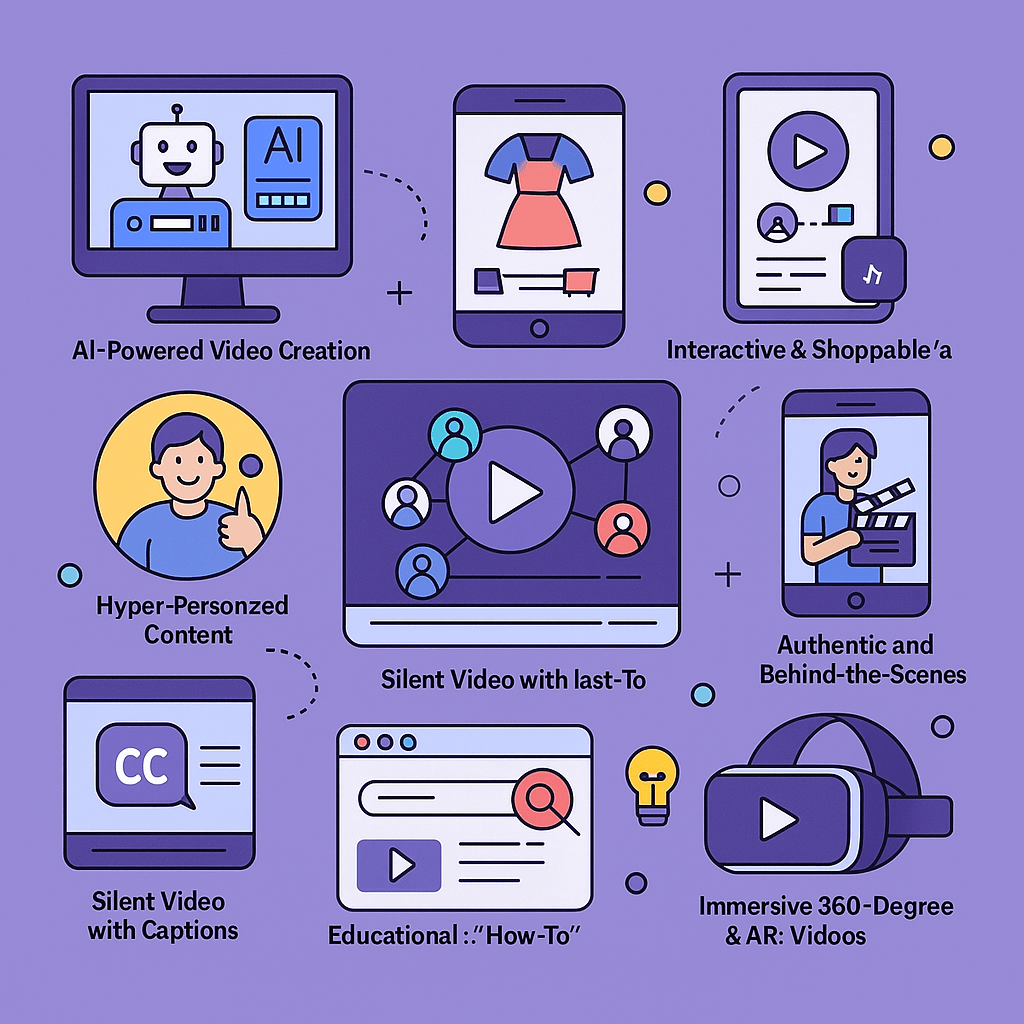In recent years, drone technology has revolutionized the way we capture aerial footage, offering unparalleled views and perspectives that were previously inaccessible. The benefits of using drone footage in film and documentary are numerous, and in this blog, we’ll explore how this technology can elevate your storytelling.
1. Unique Perspectives:
Drones offer a fresh and dynamic way to capture scHere is the expanded blog post: scenes, providing a bird’s-eye view that adds depth and context to your story. From sweeping landscapes to intimate close-ups, drones can capture angles that would be impossible or impractical with traditional camera equipment.
2. Increased Production Value:
Drone footage can add a level of production value that enhances the overall quality of your film or documentary. Aerial shots can be used to establish locations, showcase expansive vistas, or create dramatic transitions between scenes.
3. Cost-Effective
Compared to traditional aerial filming methods, such as helicopter or plane rentals, drones are a cost-effective solution for capturing high-quality aerial footage. This makes them an attractive option for filmmakers and documentarians working with limited budgets.
4. Enhanced Storytelling
Drone footage can be used to tell stories in new and innovative ways. For example, drones can be used to:
– Follow characters, creating a sense of immersion and intimacy
– Capture dynamic action sequences, such as chase scenes or stunts
– Reveal hidden details in the environment, such as textures or patterns
– Showcase vast expanses, such as landscapes or cityscapes
5. Increased Safety
Drones can capture footage in locations that would be dangerous or impossible for humans to access, reducing the risk of injury or harm to your crew.
6. Flexibility and Versatility
Drones can be equipped with a range of cameras and sensors, allowing for flexibility and versatility in your footage. From high-resolution video to thermal imaging, drones can capture a wide range of data.
7. Environmental Benefits
Drones can be used to monitor and document environmental changes, such as:
– Deforestation and habitat destruction
– Ocean pollution and marine life
– Climate change and weather patterns
– Wildlife habitats and migration patterns
8. Real-Time Data
Drones can provide real-time data, allowing for:
– Instant review and feedback
– Adjustments to lighting, camera angles, or other factors
– Enhanced collaboration between crew members
9. Post-Production Efficiency
Drone footage can be easily integrated into post-production workflows, streamlining the editing process and reducing the need for additional visual effects.
10. Creative Possibilities
Drones offer a wide range of creative possibilities, from abstract aerial art to immersive, 360-degree experiences. The possibilities are endless, and the technology is constantly evolving.
In conclusion, drone footage offers a range of benefits for filmmakers and documentarians, from unique perspectives and increased production value to cost-effectiveness and enhanced storytelling. As drone technology continues to evolve, we can expect to see even more innovative applications in the world of film and documentary.
